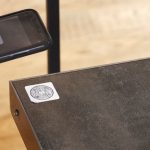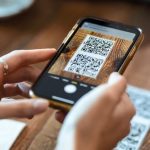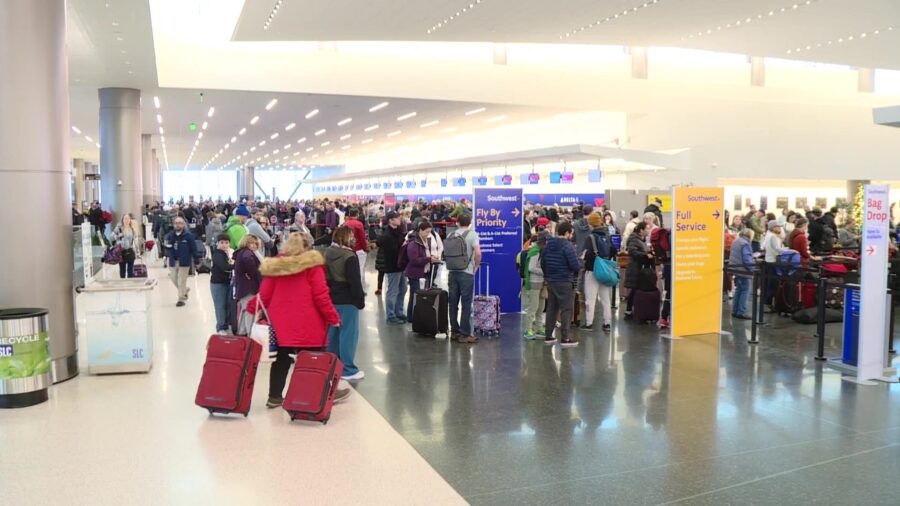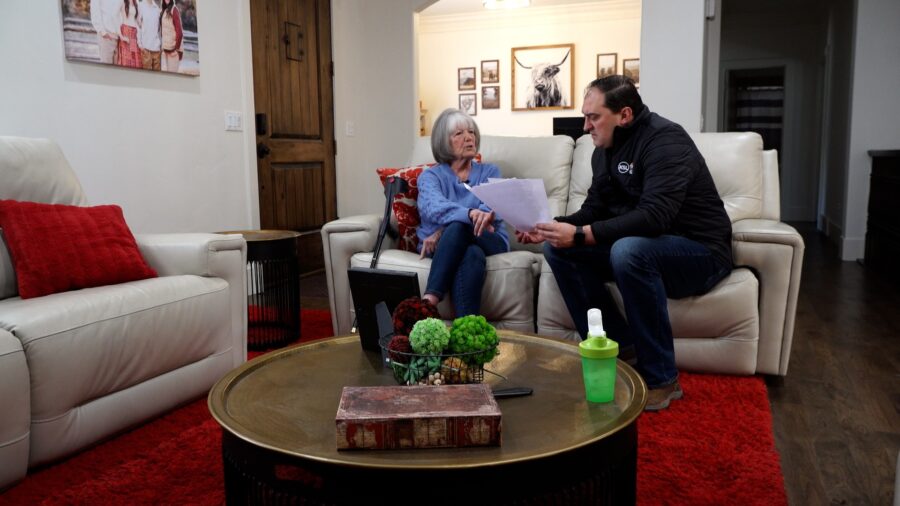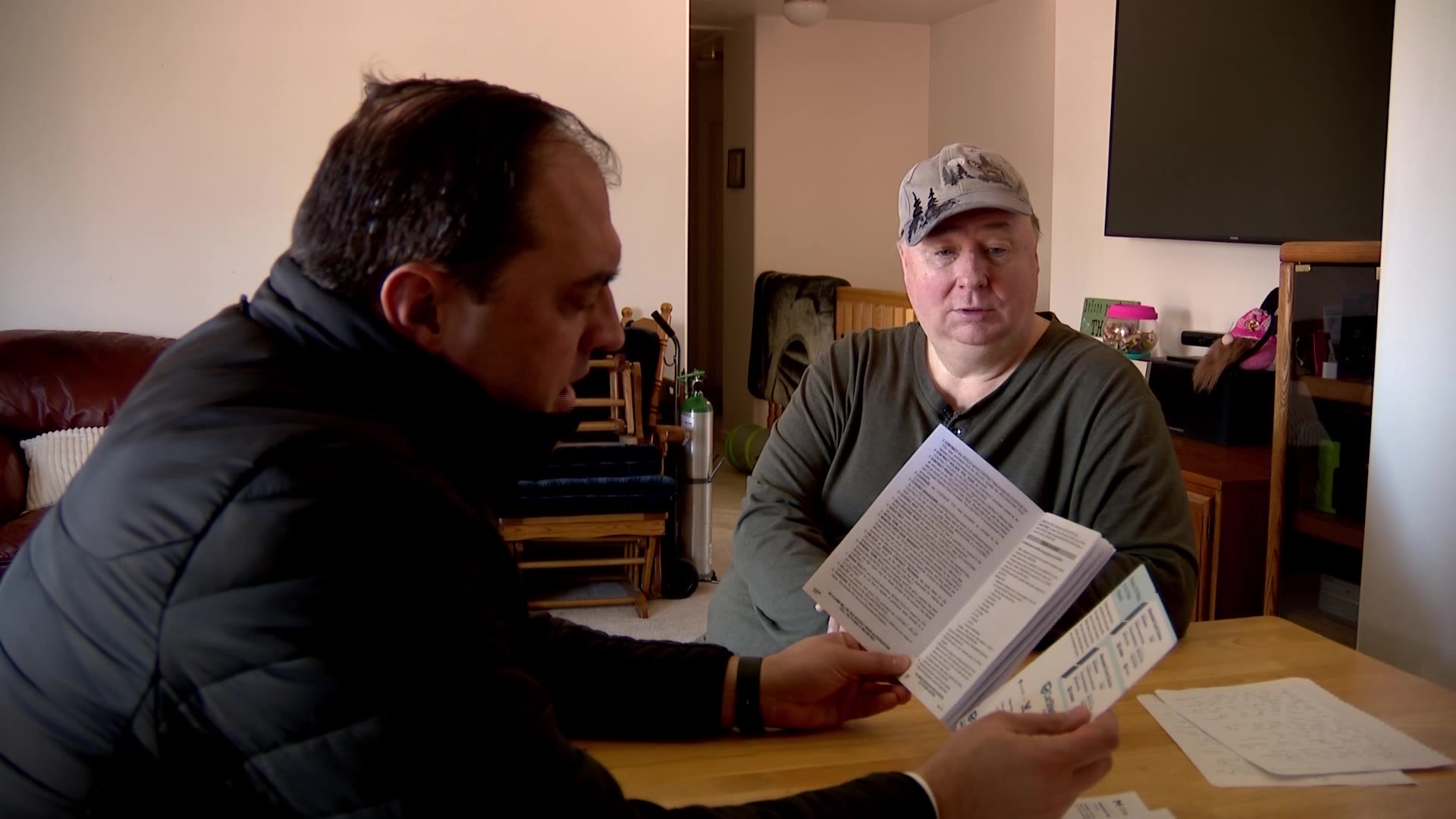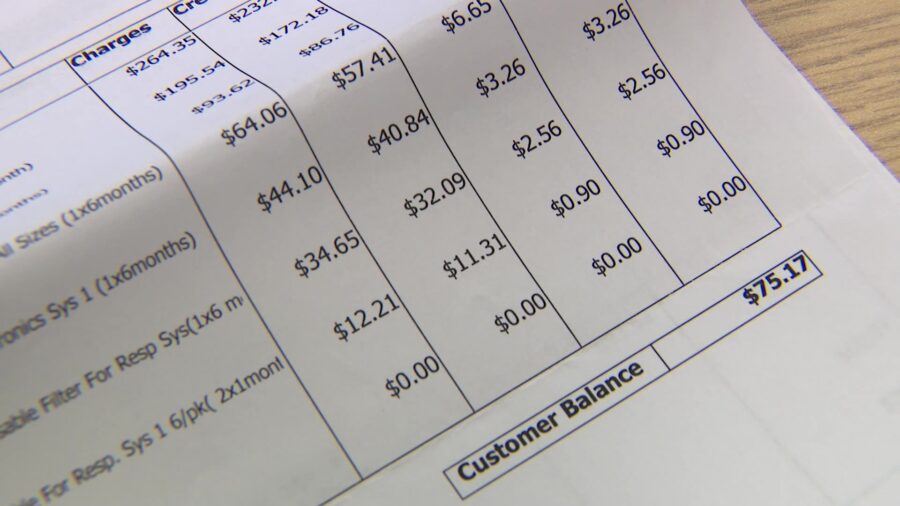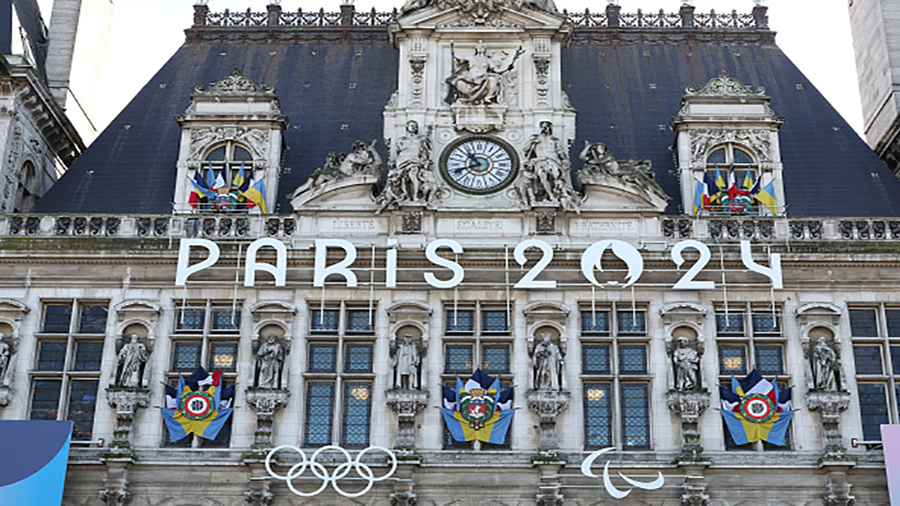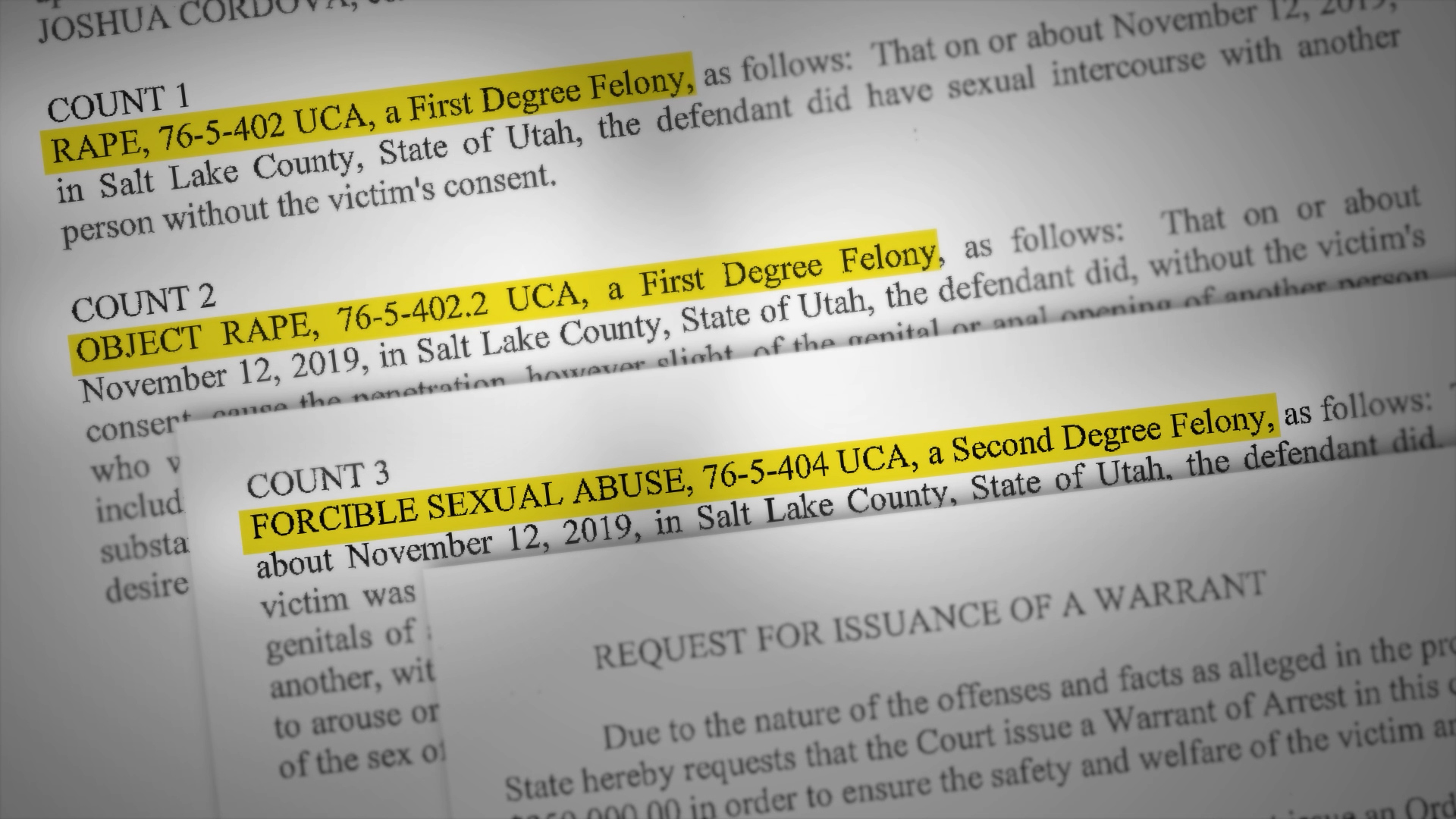Menu Makeovers: The Risks & Rewards Of QR Codes
Jul 30, 2021, 6:34 AM | Updated: Jun 19, 2022, 10:02 pm
SALT LAKE CITY – At the One-0-Eight Bistro in Salt Lake City, you can find a wide array of modern entrees prepared fresh. What is harder to find is a traditional menu printed on paper.
You will not receive one when you sit down at your table unless you ask for one. But general manager Ashlee Francom said most customers prefer digital menus.
“QR codes are here,” Francom said. “Every seat has one.”
Just scan the code with your smartphone and voila – an instant online menu. You do not even need to download a special app.
The trend started with COVID-19 – ditching physical menus helped limit touchpoints. But the dozens of restaurateurs with whom the KSL Investigators spoke are embracing the QR trend permanently.
The benefits are easy to count. In addition to less cootie-sharing, there’s less waste and less waiting around for a server.
“If someone wants to get dessert, they don’t even have to ask,” explained Francom. “No more dessert menus. No more drink menus. Don’t have to leave it on the table. Save some space.”
Michael McHenry, who owns a slew of restaurants along the Wasatch Front including the Oak Woodfire Grill in Draper, said going QR has added new fluidity to an already fluid industry.
“We’re able to literally change our menus in real time,” said McHenry.
Much like how a gas station will change pump prices every day with the fluctuating costs of oil, menu prices can now be easily adjusted when the cost of an ingredient like beef goes up or down. And restaurants no longer need to go through the costly process of reprinting hundreds of paper menus. And remember when the really expensive stuff on the menu used to say, “market price?” No need for that anymore.
While the pros are plentiful, there are also a few cons: Scammers have been known to use QR codes on the “QT,” sending out emails with the codes. In some bold attacks, they actually drop their codes around town – including on restaurant tables – with hopes of making off with people’s passwords and their money.
Research shared with the KSL Investigators shows most people are unaware of the risks. According to an Ivanti study from this past April, 83% of people surveyed used a QR code to pay for something in the past year. Yet 53% of respondents didn’t know that scanning a QR code actually prompts your device to access the internet.
As with any scam, being aware of it can help you guard against it. And that is good news because if you plan to eat out, QR is the new norm, at least for now.
“I will say that I’m never going back from that,” said McHenry. “Do I believe it will be the only thing that sustains? No, but I think it’s a big part of what we do – 95% of the time we’re ordering from a QR menu in this restaurant.”
Restaurant owners to whom we spoke say that most of their patrons have embraced digital menus.
Have you experienced something you think just isn’t right? The KSL Investigators want to help. Submit your tip at investigates@ksl.com or 385-707-6153 so we can get working for you.



